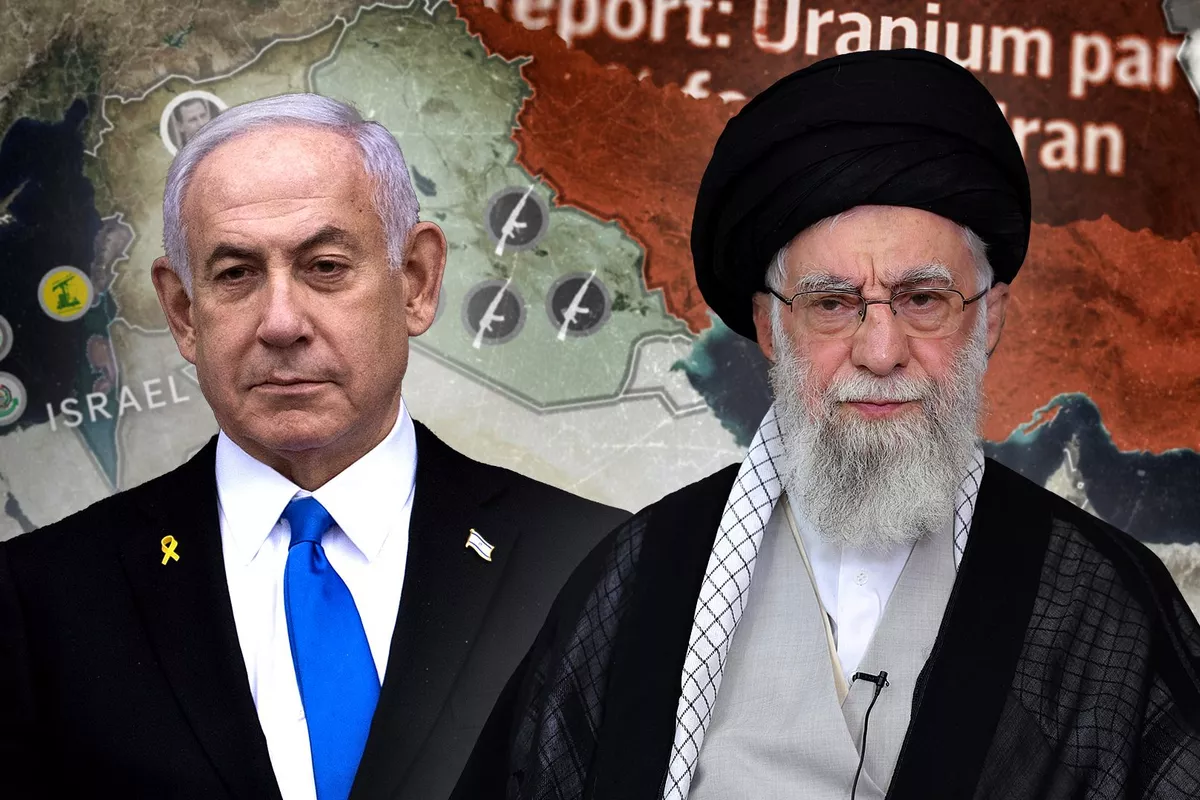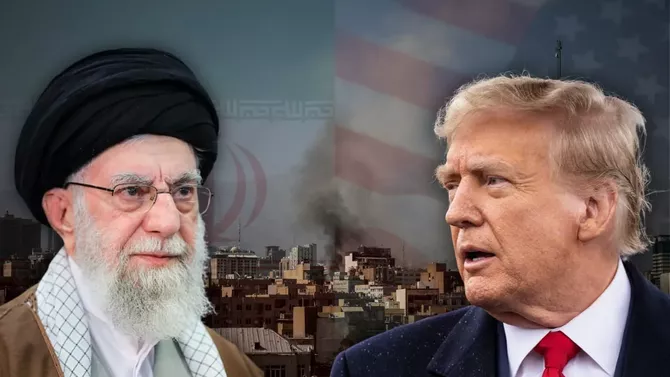
On Tuesday morning, major international media outlets reported a ceasefire between Israel and Iran.
More precisely, they reported on a statement by U.S. President Donald Trump, who announced that Tel Aviv and Tehran had supposedly reached an agreement to end hostilities. However, the President’s wording was so convoluted that it remained unclear whether an actual deal had been struck or if this was merely a diplomatic attempt to present wishful thinking as reality. As a result, the fighting continued despite the celebratory tone adopted by the American leader.
On his Truth Social account, Trump wrote:
“Congratulations to all! Israel and Iran have fully agreed to a complete and total Ceasefire (in about 6 hours, once both sides complete their current and final missions!), lasting for 12 hours, after which the war will be considered over!”

Photo credit: emarto from Getty Images
According to him, Iran would cease fire first, followed by Israel 12 hours later, and within a day the world would supposedly celebrate the end of the “12-day war.” Trump also called on both sides to maintain “peaceful and respectful” conduct during the pause in fighting. The statement, to say the least, sounded odd. In effect, it permitted both sides to continue their military operations under the guise of “final missions,” expecting the opponent to respond with understanding.
This approach led to predictable results: on Tuesday morning, Iran launched a massive strike on the Israeli city of Be’er Sheva, prompting Israel to retaliate with a wave of attacks on air defense facilities and populated areas in northern Iran.
Meanwhile, Iran’s Foreign Ministry declared the end of hostilities-Minister Abbas Araghchi posted the announcement on the social media platform X. However, just hours after this declaration, Iran struck Israel again, effectively nullifying the previously announced ceasefire deadline of 04:00 on June 24.
Nevertheless, Trump maintained a lofty tone:
“This was a war that could have lasted for years and destroyed the entire Middle East. But it didn’t-and I am confident it never will! May God bless Israel, Iran, the Middle East, the United States of America, and the entire world!”
But with reports of civilian casualties in Be’er Sheva and Israel’s retaliatory strikes on Iran, it became clear that Washington had lost its leverage. The parties to the conflict no longer viewed the U.S. as an arbiter.
Despite its earlier threats of harsh retribution, Iran ultimately launched only a single, largely ineffective strike on a U.S. base. According to Trump, 13 out of 14 Iranian missiles were intercepted, and the one that got through posed no threat. Moreover, Tehran had reportedly warned Washington in advance about the time and location of the attack, allowing the U.S. to evacuate personnel. Following this, both sides exchanged diplomatic niceties: Iran stated it would not launch further strikes on U.S. bases, and the U.S. promised not to respond to the symbolic attack.
According to Axios, ceasefire talks began immediately after the U.S. airstrikes on Iran’s nuclear sites during the night of June 22. President Trump instructed his special envoy, Steve Witkoff, to inform the Iranian side of Washington’s willingness to negotiate. Tehran responded by stating that diplomacy would be possible only after a symbolic act of retaliation. Through Qatari mediation, Iran provided a schedule for a strike on the U.S. Al Udeid Air Base.

Photo: Mario Tama/Getty Images
This strike was more about saving face than escalation. Iran had no intention of provoking a broader conflict or inflicting real damage on U.S. assets-but after issuing several threats, backing down would have been politically humiliating. To avoid a serious response, Tehran warned Washington when and where “not to be present.”
Shortly afterward, Trump spoke with Qatari Emir Tamim bin Hamad Al Thani, and Vice President J.D. Vance spoke with the Qatari Prime Minister. The latter then contacted Tehran and helped broker the ceasefire agreement. Reuters also reported on this sequence of events.
Israel and Iran ultimately agreed to the ceasefire. Prime Minister Benjamin Netanyahu’s office stated that the operation's objectives had been met: “Two existential threats-nuclear and missile-have been eliminated,” and the IDF had gained control over Tehran’s airspace and struck key state facilities.
According to The Times of Israel, the Iranian strike on Be’er Sheva killed four civilians and injured another twenty. In response, during the night of June 24, the Israeli military targeted ballistic missile launch sites in western Iran.
Disappointed, Trump, en route to the NATO summit in The Hague, made another plea to the warring sides:
“Israel, do not drop those bombs. That would be a major violation. Recall your pilots immediately,” he posted on social media.
Speaking to reporters aboard Air Force One, the U.S. President took a harsher tone:
“We have two countries fighting so hard and for so long that they don’t even know what the hell they’re doing anymore.”
Trump specifically expressed frustration with Israel’s conduct. He added that, in his view, Iran’s nuclear capability had been destroyed and that Tehran “will never rebuild its nuclear program.”
“Israel must calm down. I must make Israel calm down,” Trump declared.
Whether Trump can truly make Israel “calm down” and restrain Iran from a new wave of aggression remains an open question. Formally, both sides have declared a ceasefire, but in reality, the frontlines remain tense, and there are no guarantees of lasting peace. Moreover, the model of the current “peace”-with delayed ceasefire terms, “final missions,” and attacks following diplomatic announcements-has become emblematic of how fragile and conditional modern agreements can be, even with a superpower's involvement.
While Washington appeared to act as a mediator and claimed success, the continuation of attacks the very next day raised serious doubts about America’s actual influence over its allies and adversaries. Neither Israel nor Iran fully adhered to Trump’s announcements, each continuing to follow its own military and political calculations. This signals that the current U.S. administration is facing a growing erosion of authority and control-even in regions where it once dictated the rules without question.
Against this backdrop, talk of “peace” sounds increasingly hollow. And even if the weapons fall silent for a time, it won’t be due to genuine reconciliation, but merely to allow both sides to catch their breath before the next phase of the conflict. Whether Donald Trump-or anyone else-can transform this fragile pause into a lasting peace remains perhaps the most pressing and unsettling question of the moment.
By Tural Heybatov
Share on social media